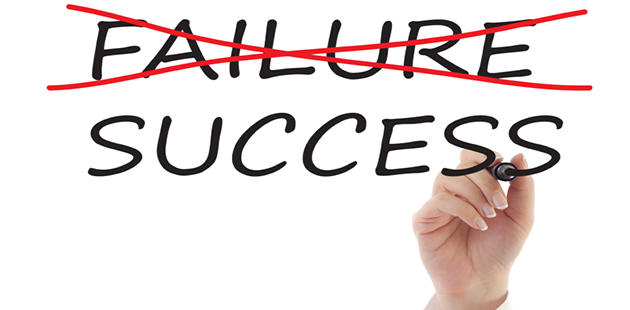Manufacturing Innovation Blog
Powered by the Manufacturing Extension Partnership

In the March 12th edition of Industry Week (IW) online edition, an article,“Leadership and Strategy: Brainstorming Growth Strategies” caught my attention. It is the story of Madison Electric Products Inc., an Ohio-based electrical products manufacturer and its President, Brad Wiandt. Madison Electric is a U.S. company that is creating their own culture of innovation and you might be surprise to learn that the secret to their success is a combination of passion and failure.
One year after taking the helm of Madison Electric in 2008, Wiandt launched the Sparks Innovation Center, an Internet-based product development program that uses crowdsourcing to partner with electricians and contractors to develop their ideas. If this idea sounds vaguely familiar to you – recall the Proctor and Gamble “Connect and Develop” strategy where P&G seeks to obtain a greater and greater percentage of their innovations from outside of the corporation. Brad’s Sparks concept can be thought of as the smaller company implementation of Connect and Develop. "I understood we had to reinvent ourselves and a new product was a way to do that," Wiandt says. “In layman's terms, it's brainstorming by utilizing resources outside of our company." Brad and Madison Electric use the ideas for new products and electrical product requests that electricians and installers – their customers - provide via the innovation center.
The customer ideas provide insight into industry demands and help point Madison Electric to the new products that might best meet those needs. The Sparks Innovation Center saved Brad’s company from having to hire a team of engineers, a costly and risky endeavor for a 45-person operation like Madison Electric. As the IW article explains, the company used the recession to reinvent the company. Madison Electric aggressively set forth on a new path, one that embraced new ideas, experimentation, and failure. "We have somewhat of a tolerance for failure. You have to as you're trying to be aggressive and innovative," says Wiandt, who characterized his company as 'fluid.' "Not everything is going to work but you have to try. One out of 10 is going to be a home run."
You don’t immediately think about failure when you are trying to develop new products and services but that is exactly what you need to do to succeed. Most of us don’t think of the positive side of failing. As outlined in a Psychology Today blog, the word failure conjures up all sorts of negative images in people's minds. It's something people don't like to think about. But the blog goes onto to remind us that Thomas Edison failed over a thousand times before he finally invented the light bulb. Henry Ford failed in five attempts to start a business before finally succeeding with what turned out to be one of the world's biggest motor companies. The Wright brothers suffered numerous failures in their attempts to invent the airplane before finally building a machine that got off the ground.
Using failure as a path to success is a concept that MEP is also embracing. We are on a mission to educate and provide more U.S. manufacturers with the same confidence shown by Madison Electric to develop their innovation culture. MEP is working with several partners to help companies understand the value of failing by picking yourself up, learning from your mistakes, and rethinking assumptions.
Back to the title of my blog – when does failure = success? Since 2009, Madison Electric has experienced 45% growth in sales, with its new product sales already representing roughly 6% of annual figures. The company is now seen as an industry innovator. "There's significantly more recognition of the brand because of our new products and our new product development process," Wiandt says.
If you are a U.S. manufacturers ready to test failure as a path to success and if you need a little advice, give us a call at 800-MEP-4MFG or send a note to mfg [at] nist.gov (mfg[at]nist[dot]gov).

